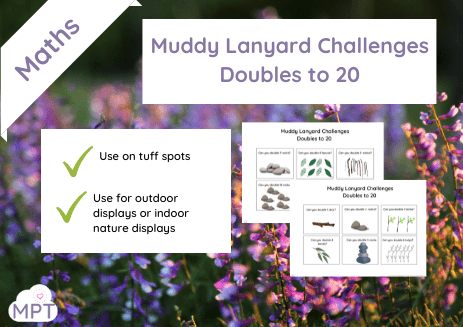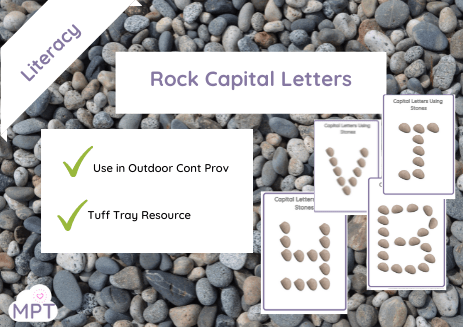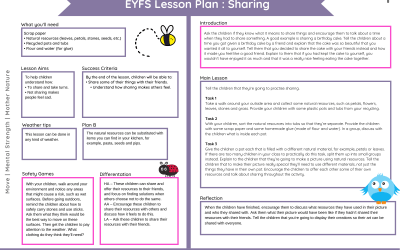Use Y6 Properties of Shape (Outdoors) to help take Year 6 learning outside. Outdoor Learning KS2 has never been so...
Crafting with upcycled materials
Dec 2, 2020
Use Crafting with upcycled materials to appreciate the joys and creativity that can be gained from your junk. It is a...
Muddy Elf (Nursery&School Pack)
Nov 30, 2020
Use this incredibly innovative and creative Muddy Elf Ideas Pack to get your children outside daily to enjoy an Elf...
Muddy Safety Rules (Poster)
Nov 27, 2020
Use Muddy Safety Rules to help put a safety policy in place that children can refer too. It is important that children...
*FREE*Outdoor Mark Making Lesson Plan
Nov 5, 2020
Use Outdoor Mark Making Lesson Plan to engage children with the very important phase of using their hands to make...
*FREE*10-minute brain breaks LKS2
Nov 3, 2020
Use 10 minute brain breaks LKS2 to help the older children to get some fresh air, have some fun and revisit and revise their learning.
Phase One Aspect 1/2/3
Nov 3, 2020
Use Phase One Aspect 1/2/3 to teach the first three aspect of this very important phase and of course it is done using the Muddy Puddle way!
10 minute active games KS1
Oct 29, 2020
Use 10 minute active games KS1 to get your class out in all weathers for ten muddy minutes. Improve behaviour and keep your classroom active.
Upskill on Natural Resources
Oct 26, 2020
Use Upskill on Natural Resources as part of your stage two training process. A great CD top up and refresher on its own.
*FREE*Counting in Negative Numbers
Oct 23, 2020
Use Counting in Negative Numbers to help children practice and use this skill through mastery and the outdoors.
*FREE*First day back Lesson Plan
Oct 23, 2020
Use First day back Lesson Plan to settle your children back in the Muddy Way and to focus on friendship.
Horrible Halloween Lesson Ideas Pack
Oct 22, 2020
Use our Horrible Halloween Ideas Pack to get lots of ideas and ways to make Halloween special in your class.
Halloween Trick or Treat Lesson Plan
Oct 22, 2020
Use Halloween Trick or Treat Lesson Plan to get role play, speech and language into one outdoor learning lesson!
*FREE*Sharing Lesson Plan
Oct 22, 2020
Use Sharing Lesson Plans to get the best out of your class in an active, natural way.
50 School Holiday Wellbeing Ideas for KS1
Sep 30, 2020
Use 50 School Holiday Wellbeing Ideas for KS1 to help parents focus on feelings and happiness as they enjoy their break from school.
Up-cycling Small World Play
Sep 30, 2020
Use Up-cycling Small World Play to help your baby and tot enjoy some free and creative learning.
*FREE*Summer Holiday Ideas UKS2
Sep 27, 2020
Use Summer Holiday Ideas to hand out to parents and their children over the summer period, filled with lots of educational and wellbeing tasks to keep families active while bonding.
Isolation Packs for Early Years
Sep 21, 2020
Use this fabulous Isolation Packs for Early Years to help parents educate at home. Educating at home the muddy way means happy memories for all!
New In

Phase 3 Phonics Sounds in Leaves

Muddy Lanyard Challenges Doubles to 20

Capital Letters using Leaves (Flashcard)

Subitising Numbers 0-10 (Nature Posters) (Flashcard)

Muddy Lanyard Challenges Numbers 1- 20

Numbers in Stones (Tuff Spot/Display)

Numbers in Leaves (Tuff Spot/Display)

Non-Verbal Wheelchair Friendly Nature Experience Cards

Baby first nature experience cards




















